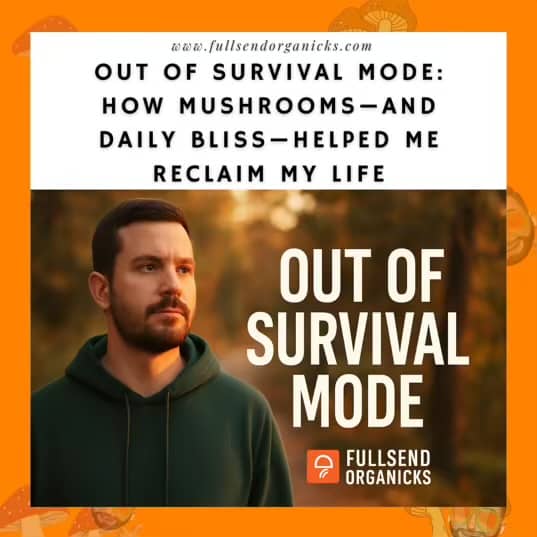The Resilience of Mycelium: Fungi VS. Contamination
The Resilience of Mycelium: Fungi VS. Contamination. In the fascinating world of fungi, mycelium serves as the life-giving network that underpins many forms of life on Earth. This intricate web of fungal threads not only plays a crucial role in nutrient cycling but also has garnered significant attention for its potential in sustainable agriculture, bioremediation, and even medicine. However, like many organisms, mycelium can face challenges, including contamination from molds and bacteria. While contamination can hinder or even halt fungal growth, under certain conditions, mycelium can continue to thrive. Let’s explore the fascinating ways this remarkable organism can overcome adversity.
The Fight to Take Over
1. Nutrient Competition
One of the primary factors influencing the growth of mycelium in contaminated environments is nutrient competition. Contaminants, particularly fast-growing molds and bacteria, can vie for the same food resources that mycelium relies on. However, if mycelium has a significant head start in colonizing the substrate, it can establish itself more firmly than its competitors. This foundational edge allows it to outgrow or outcompete contaminants in localized areas, leading to a balance where mycelium continues to flourish even alongside its adversaries.
2. Contaminant Type
Not all contaminants are created equal. While many molds and bacteria pose threats to mycelium, others might not be harmful. In some cases, certain types of bacteria can coexist without inhibiting fungal growth significantly. For instance, beneficial bacteria may even enhance the health of the mycelium by providing essential nutrients or protections. When the nature of the contaminant is less harmful, mycelium can continue spreading and occupying niches that remain unaffected by the adversary.
3. Resilience of Species
The resilience of mycelium is, in part, contingent on the species of fungus in question. Some fungi, such as oyster mushrooms (Pleurotus ostreatus), showcase an impressive ability to colonize contaminated environments. These aggressive colonizers can rapidly outcompete other organisms for nutrients and space, allowing them to thrive even amidst potential threats. The intrinsic adaptability and resilience of certain mushroom species can serve as a testament to nature’s ingenuity and resourcefulness.
4. Microenvironment Pockets
Mycelium doesn’t just grow uniformly; it can thrive in diverse conditions. In cases where contamination is patchy, mycelium may discover microenvironment “pockets” of uncontaminated substrate. These localized areas can provide a refuge for growth, enabling the mycelium to expand and even create a network that traverses contaminated lands. By utilizing these cleaner zones, mycelium demonstrates its ability to adapt and survive despite external pressures.
The Bigger Picture: Understanding the Limits of Mycelium Growth
While mycelium displays a remarkable capacity for resilience, it’s essential to recognize that contamination often has detrimental effects. Particularly aggressive molds and harmful bacteria can stunt or kill mycelium over time. This reality emphasizes the importance of maintaining sterile and controlled conditions during cultivation for fungal production. Mycologists continuously strive to prevent contamination to preserve the health and productivity of fungal networks.
Conclusion
The world of mycelium is a testament to resilience and adaptability in the face of contamination. By understanding how mycelium navigates challenges—through nutrient competition, species resilience, and ecological niche-finding—we can gain insights into not just fungal biology but also the potential applications of mycelium in sustainable practices.
As we delve deeper into the intricacies of fungal networks and their interactions with the environment, we uncover opportunities for innovation in agriculture, environmental restoration, and beyond. The story of mycelium amidst contamination is not just one of survival; it’s a narrative of interconnection and balance that ultimately contributes to the vitality of ecosystems everywhere. Let’s continue to champion and study these remarkable organisms, as they hold the key to a more sustainable future.





